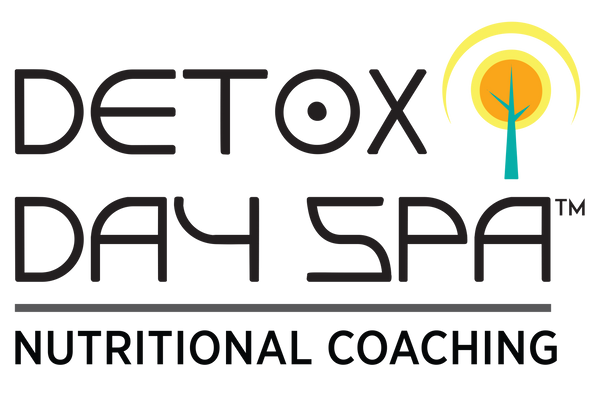Cellular-Level Dysfunction
Nutrition Coach: Combating Chronic Sickness & Misdiagnosis in Americans
Detox Your Life: Addressing the Six in Ten Americans Living with Chronic Diseases

Chronic diseases such as heart disease, cancer, and diabetes are the leading causes of death and disability in the United States, the CDC reports. A 2022 report published by the U.S. Department of Health and Human Services reviewed nearly 300 studies published between January 2000 and September 2021. The researchers estimate that 7.4 million misdiagnosis errors are made every year, 2.6 million people receive a harm that could have been prevented, and another 370,000 are permanently disabled or die because of the misdiagnosis. This equates to about 1,400 diagnostic errors every year per emergency room across the country.
Healthcare professionals are treating symptoms of the MTHFR genetic mutation. We should be treating the impacts on the cellular-level, which include:
- Mitochondrial dysfunction – The classic role of mitochondria is oxidative phosphorylation, which generates ATP by utilizing the energy released during the oxidation of the food we eat. ATP is used in turn as the primary energy source for most biochemical and physiological processes, such as growth, movement and homeostasis (The role of mitochondrial function and cellular bioenergetics in aging and disease, 2013, National Library of Medicine PubMed). Other key functions of the mitochondria include cell protection, cell death, calcium storage and heat production, stem cell regulation and most important, innate immunity. Mitochondria are also responsible for generating clusters of iron and sulfur, which are important cofactors of many enzymes.
- Enzymes – There are three main groupings of these inside of the body: digestive, proteolytic/anti-inflammatory and methyl/detox enzymes. Enzymes, along with mineral cofactors, are required for the start of every single biochemical process inside of the body. The accessory organs (the liver, galls bladder and pancreas) are inflammation, so enzymes aren’t being produced much at all. These organs are responsible for enzyme production, storage, functionality and release. Most food is nutrient and mineral deficient, so there’s not enough mineral content to partner with enzymes. Also, free radials, like parasites and Candida/fungus, can feed on our minerals. Most chronically sick people are at about 40-60% enzyme functionality, depending on if they are a double mutation on both MTHFR alleles — C677T and A1298C. C677t is critical for metabolizing one form of B vitamin, folate, into another. A1298C is part of the process that converts homocysteine into methionine, an important building block for many proteins. Homocysteine is an amino acid. Vitamins B12, B6 and folate break down homocysteine to create other chemicals your body needs (Cleveland Clinic). MTHFR A1298C mutations are tied to higher levels of fibromyalgia, IBS, fatigue, chronic pain, schizophrenia, and mood-related problems.
- Chronic inflammation – This is tied to the body not having the genetic capable to first identify and send stress signals when inflammation happens or send assistance to these areas to diffuse inflammation. WBCs release a proteolytic enzyme called Leukocyte esterase. There is strong evidence that membrane-associated proteinases on leukocytes play critical roles in wound healing, inflammation, extracellular matrix remodeling, fibrinolysis, and coagulation (Leukocyte Cell Surface Proteinases: Regulation of Expression, Functions, and Mechanisms of Surface Localization, 2008, National Library of Medicine PubMed). Other examples of proteolytic enzymes include bromelain, chymotrypsin, ficin, papain, serrapeptase, and trypsin.
- Oxidative stress – This is the event that occurs when our RBCs are damaged and/or destroyed by free radicals, such as Candida/fungal overgrowth and parasites, and cell debris, like heavy metals and uric acid. This is resulting from mitochondrial dysfunction. The mitochondria are also responsible for cell protection, among other important tasks inside the cell and for the benefit of the cell.
